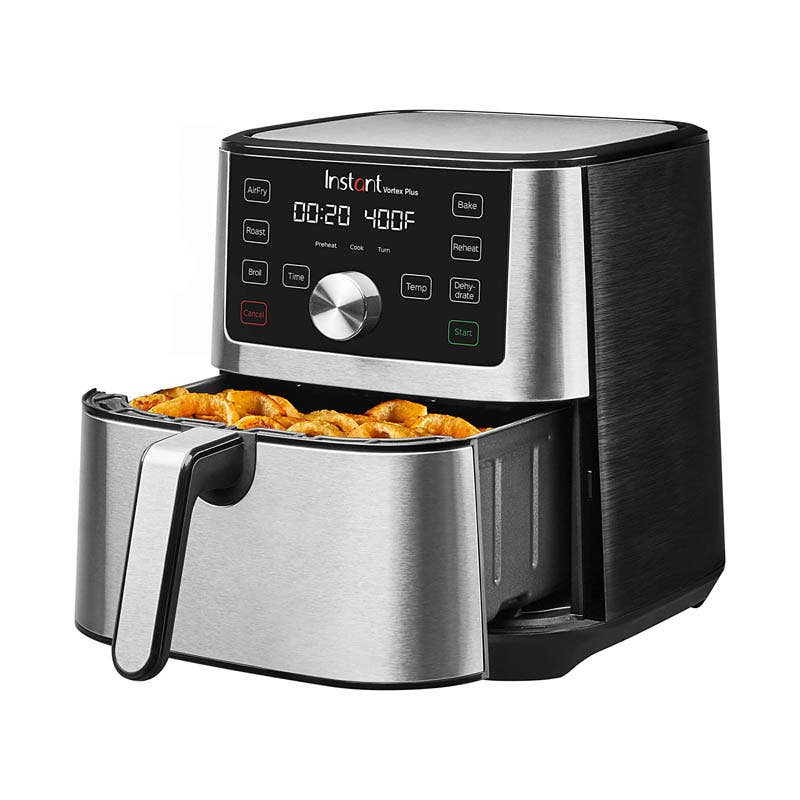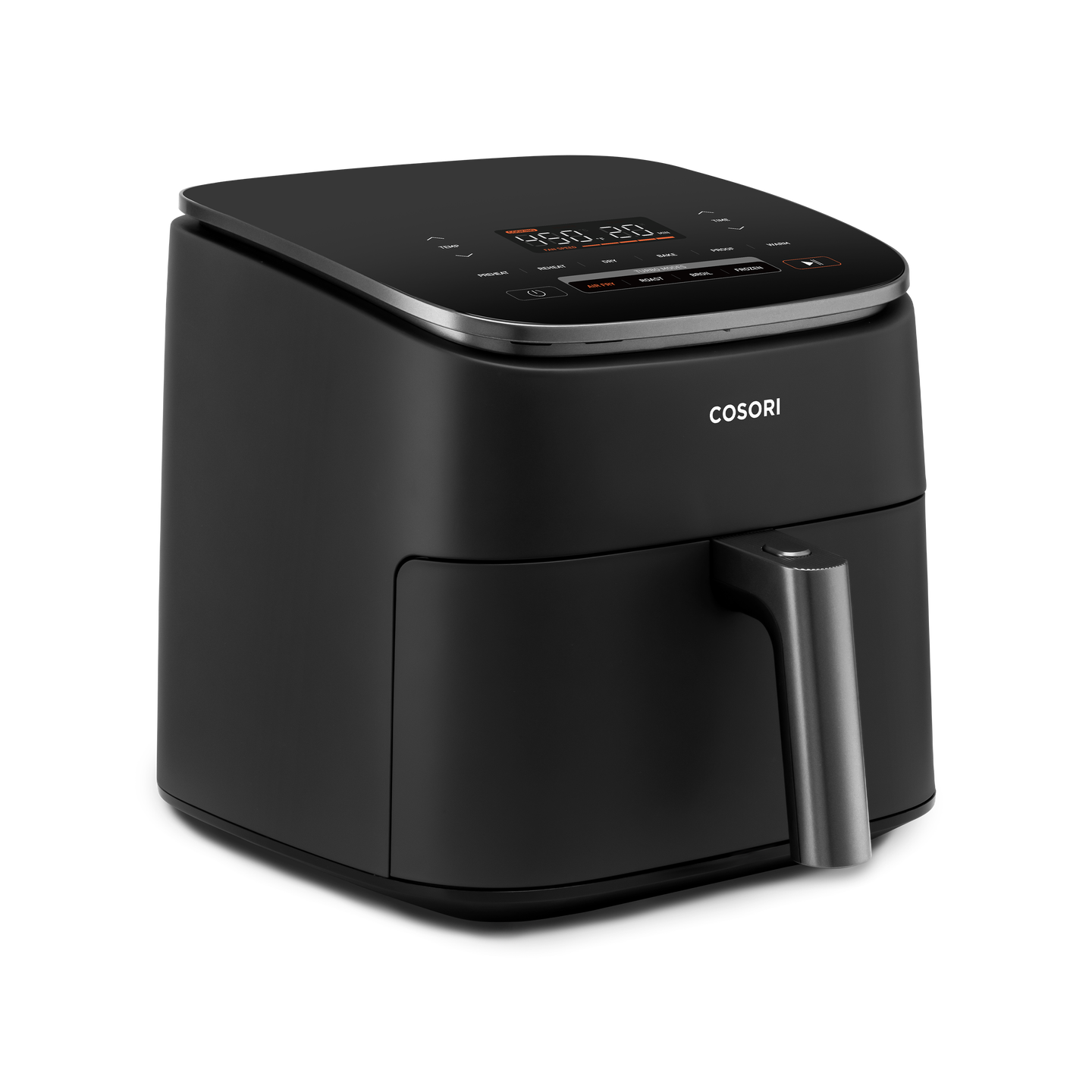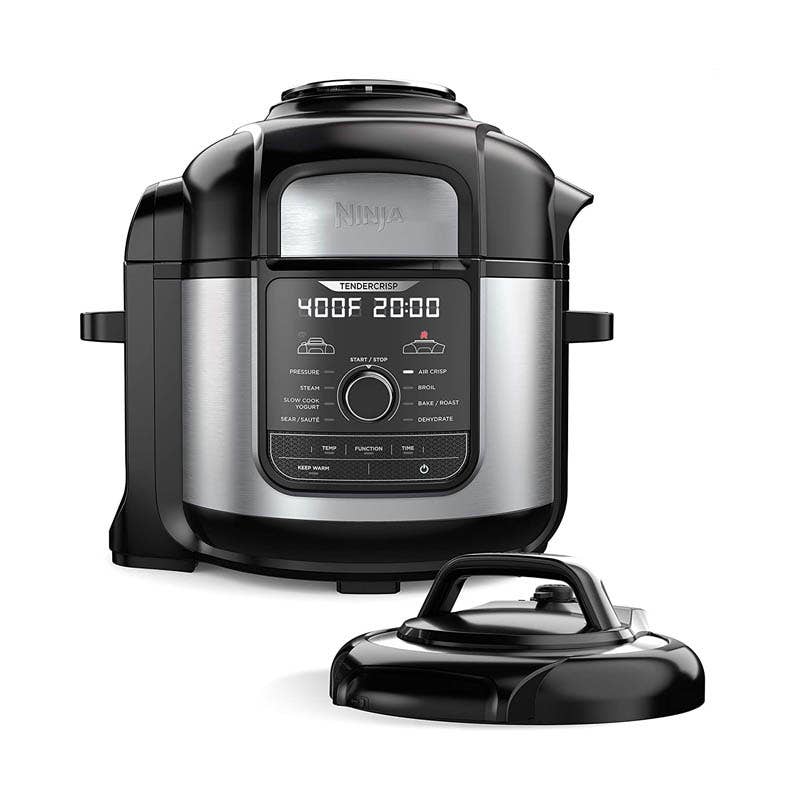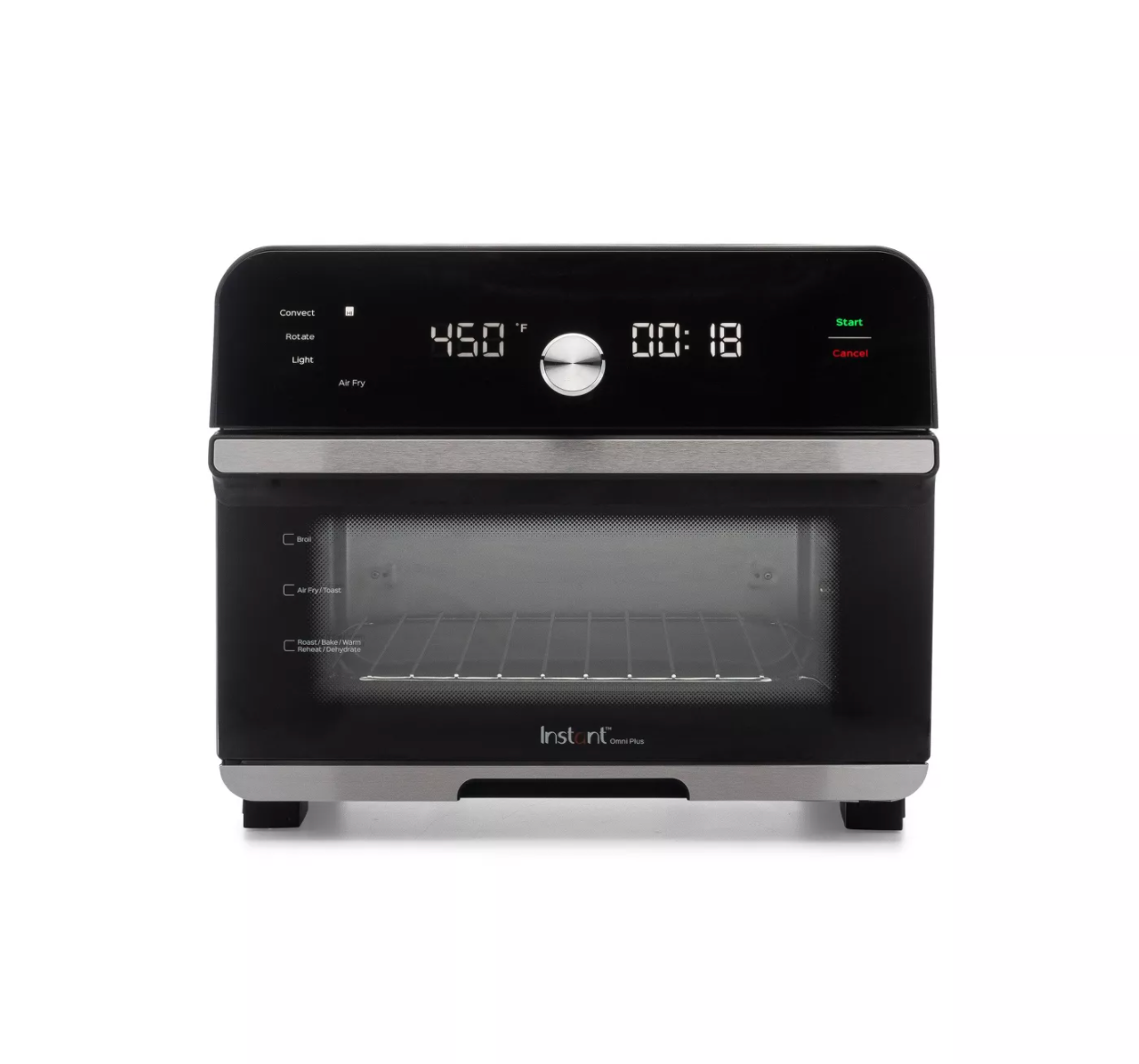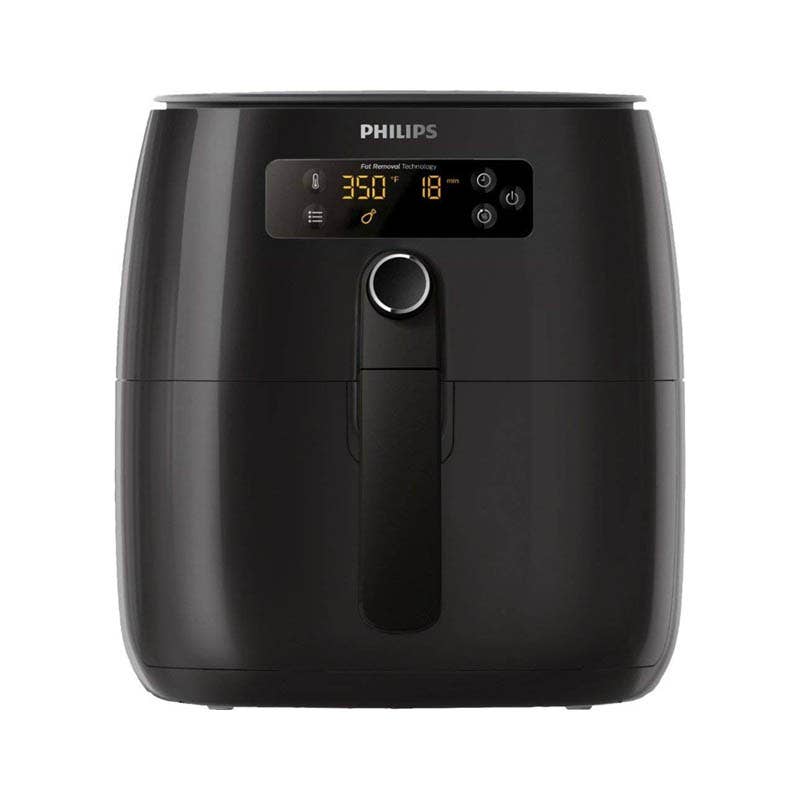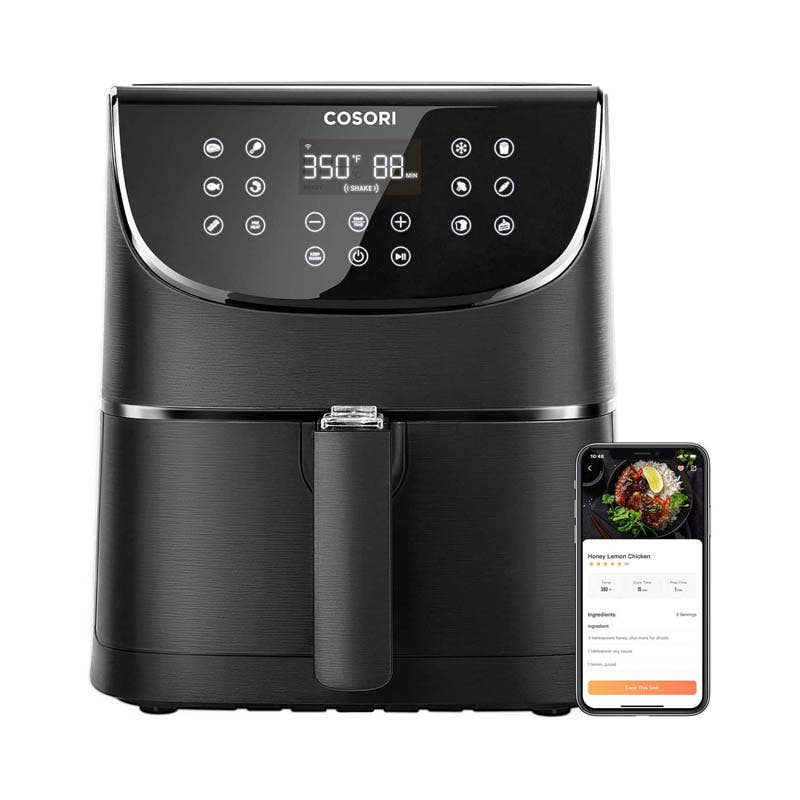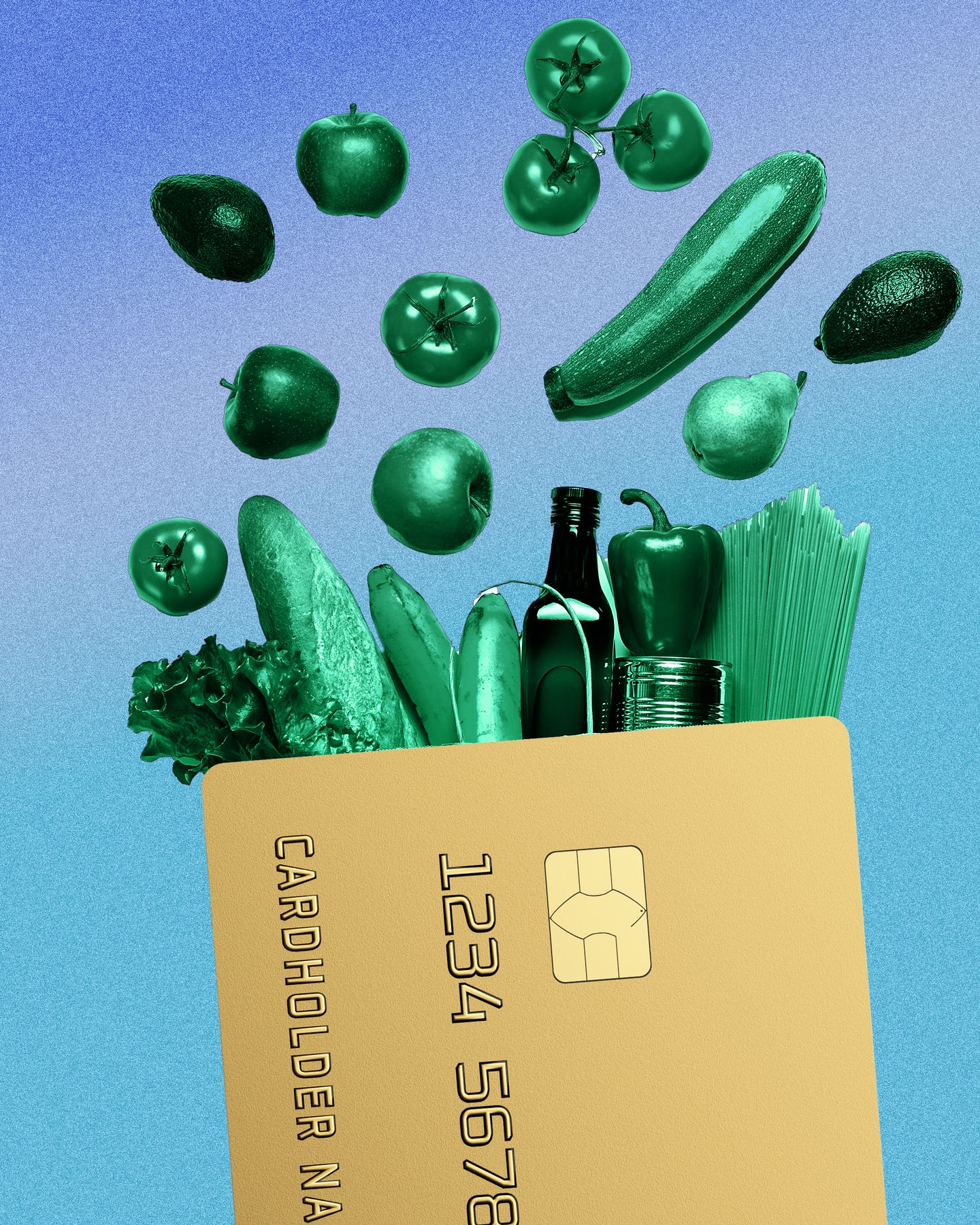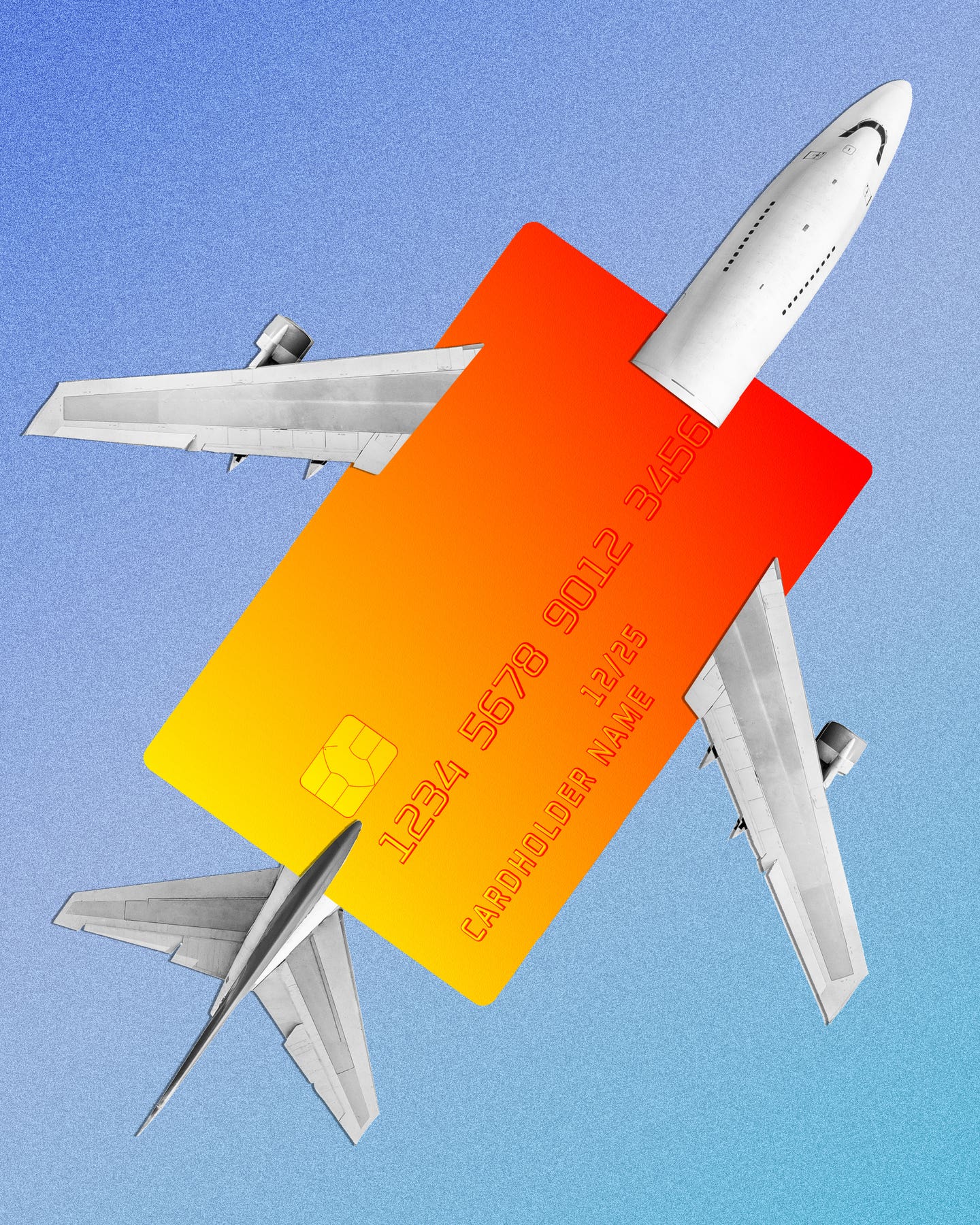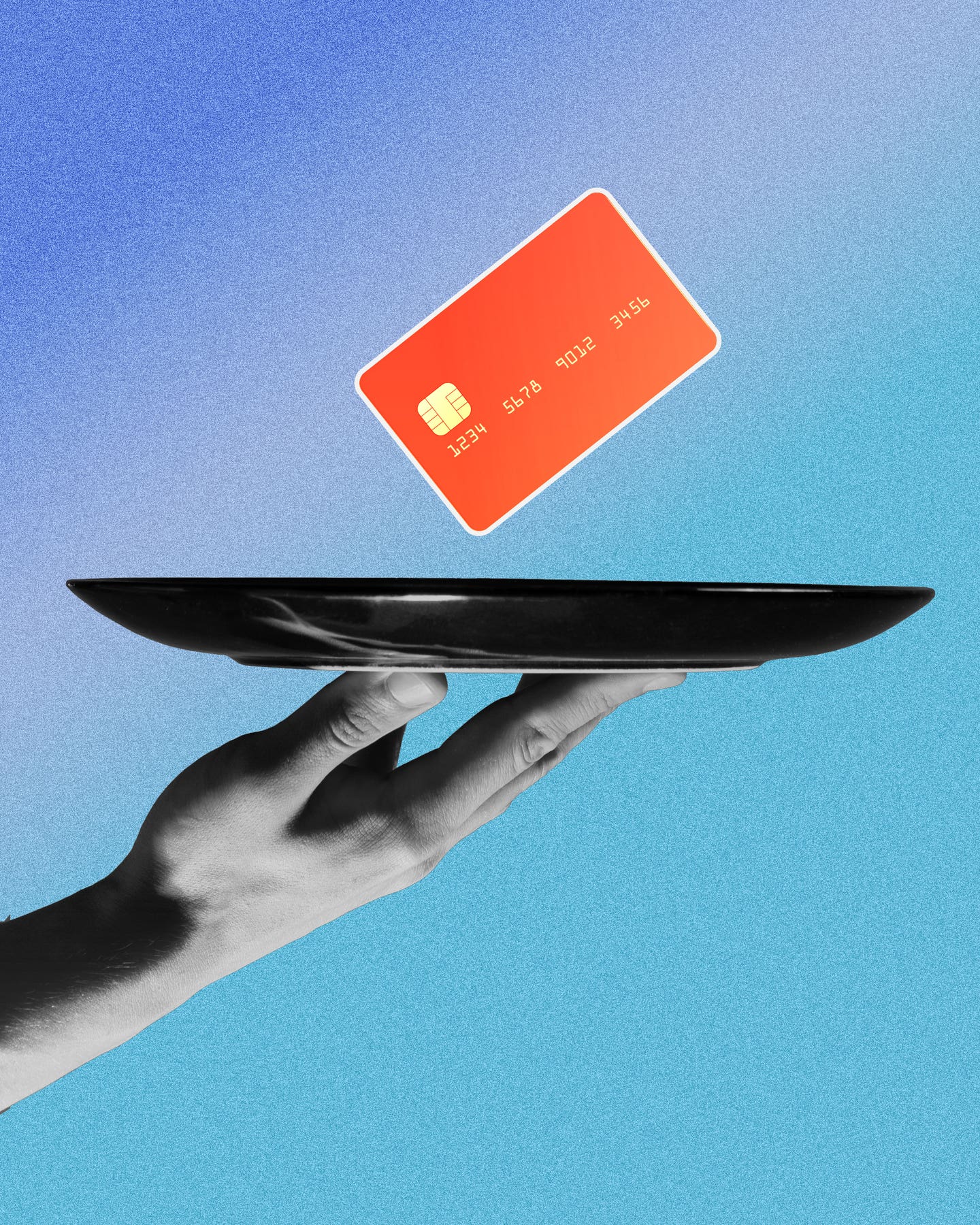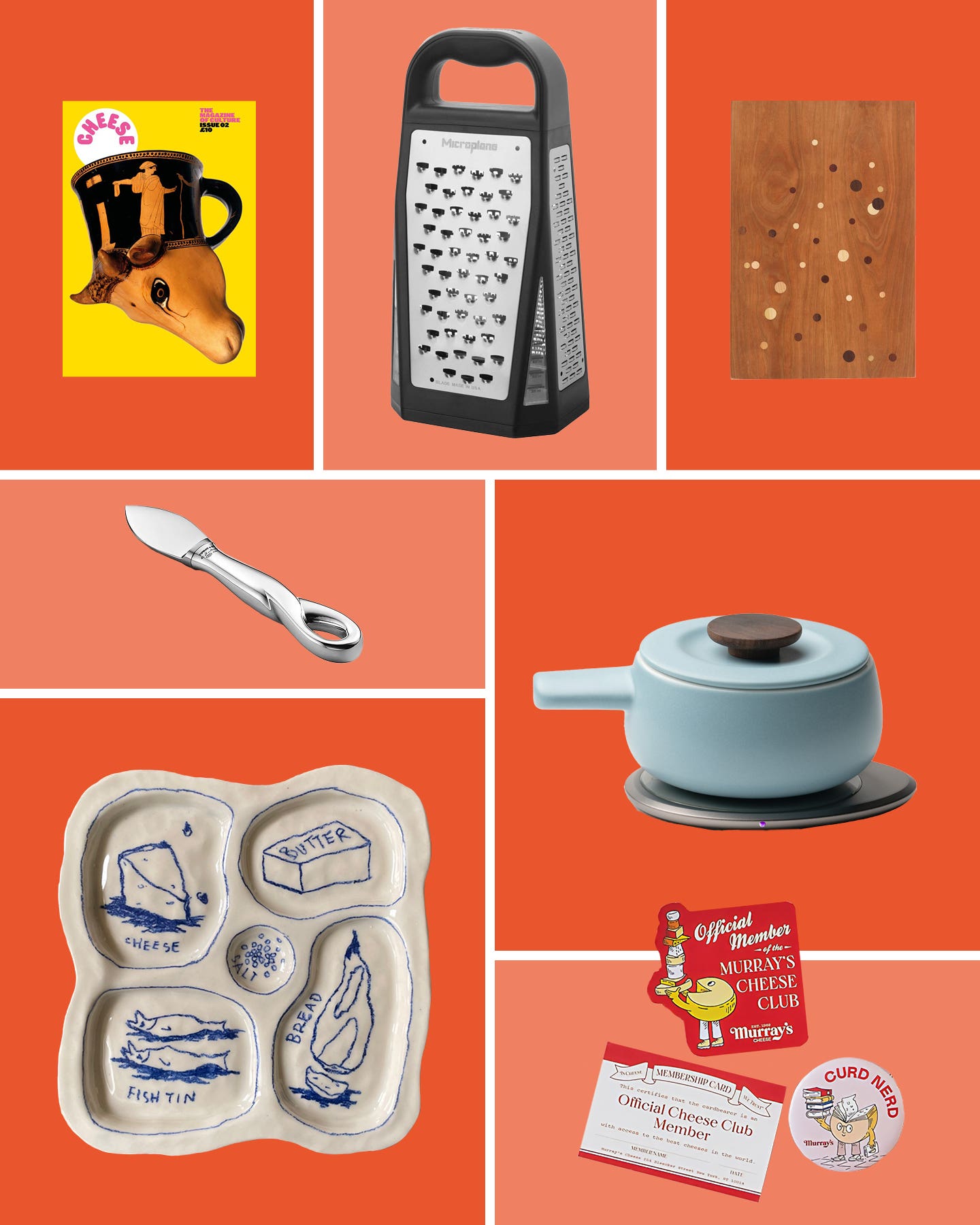The Best Air Fryer Is Absolutely Worth the Countertop Space
Fry, roast, broil, and bake to perfection.
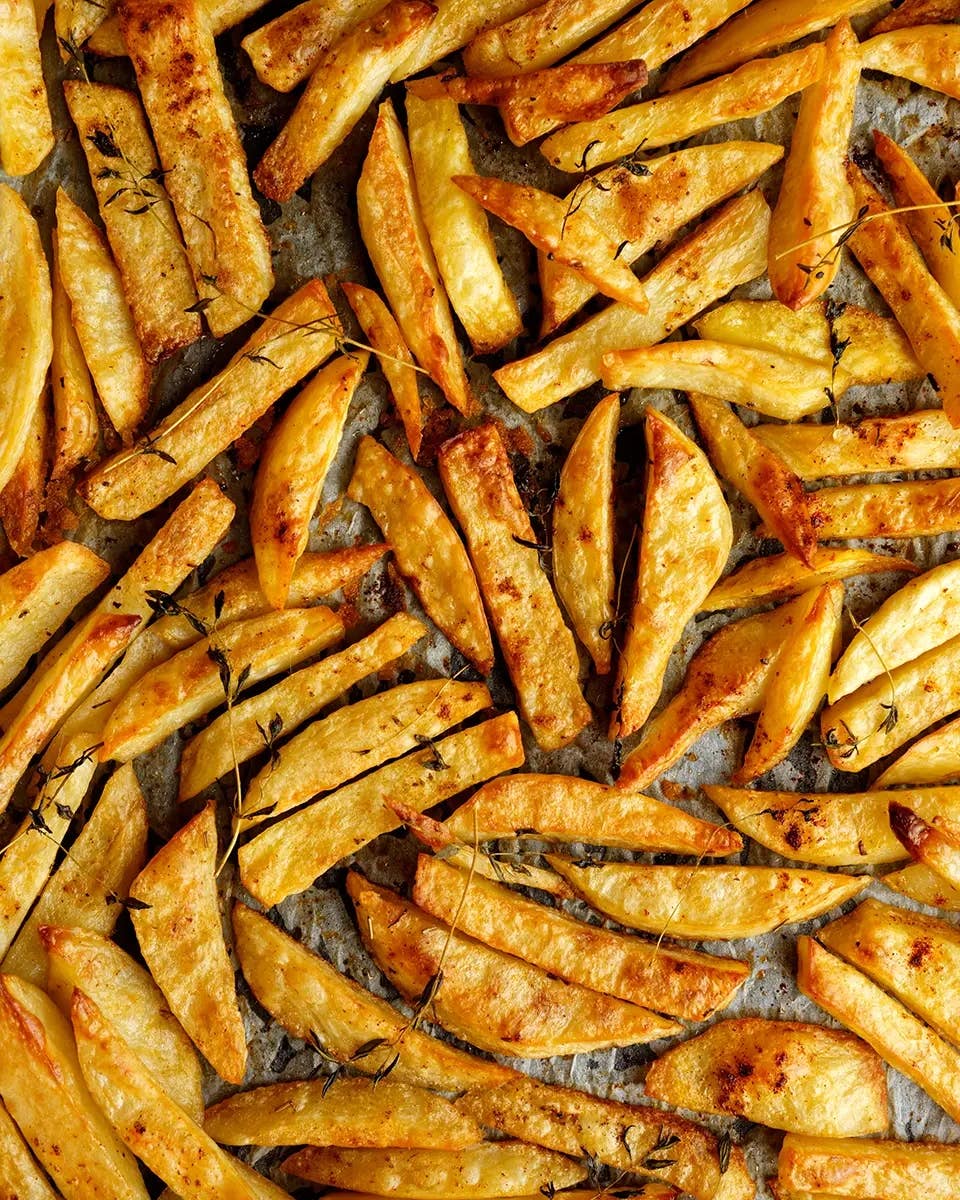
The concept of an air fryer almost sounds too good to be true: crispy fried chicken, golden brown empanadas, crunchy chips, and more, effortlessly whipped up at home—with a fraction of the greasiness or calories as the deep-fried versions we know and love. It’s no wonder orders spiked when many Americans were homebound in 2020—almost 2 million more fryers sold in a 13-week period compared to the year before.
If you’re thinking of joining the masses, Meredith Laurence, author of Air Fry Everything! and cooking site Blue Jean Chef, recommends a jack-of-all-trades model. “Multi-function ovens with regular bake, convection bake, toast, broil, and rotisserie settings allow you to do more with one appliance, so it’s better value for your money and your countertop real estate.” Ahead find standout options to consider on your quest for the best air fryer, as vetted by pros.
Our Top Picks
- Best Overall: Instant Pot Vortexx Plus Air Fryer
- Best High Speed: COSORI TurboBlaze
- Best Hybrid: Ninja Foodi Deluxe Pressure Cooker
- Best Family Size: Instant Pot Omni Plus
- Best Basket Style: Philips Premium Airfryer
- Best Smart: COSORI Pro III Air Fryer Dual Blaze
Best Overall: Instant Pot Vortex Plus 6-in-1 Air Fryer
Best Overall
Capacity: 6 quarts (available in four sizes, ranging from 2 to 10 quarts) | Temperature Range: 95 to 400 degrees Fahrenheit |: Weight: 15 pounds
Pros
- Safety features like overheat protection and automatic shutoff
- Compact size
- Interface is easy to navigate
Cons
- No smart integration capabilities
- Instructions aren’t specific to each capacity model
- Difficult to order replacement parts
Why we chose it: An ultra-versatile air fryer that comes with six cooking functions, it's easy to use and compact in size.
Laurie Fleming, author of The Essential Air Fryer Cookbook For Beginners and founder of cooking blog Fork to Spoon, recommends Instant Pot’s Vortex for its compact design and do-it-all functionality. She’s not the only one—it has over 40,000 ratings on Amazon and is a consistent bestseller. Beyond its six-in-one capability (it can fry, roast, broil, bake, reheat, and dehydrate at the touch of a button) it’s available in a basket-style or oven version and four different sizes ranging from 2- to 10-quart capacity. As an aesthetic bonus, its look is “sleeker” than most air fryers, Fleming notes (especially in this stainless steel version that eschews the typical shiny plastic exterior).
Best High Speed: COSORI TurboBlaze 6.0-Quart
Best Value
Capacity: 6 quarts | Temperature Range: 90–450 degrees Fahrenheit | Weight: 13.2 pounds
Pros
- Versatile cooking modes, including grilling, roasting, and baking
- Roomy basket feeds 3-5 people
- High speed fan cuts down cooking time
Cons
- Not ideal for small counter space
- Slight learning curve to adjust for high speed fan
Why we chose it: The COSORI Turboblaze uses a powerful combination of rapid air circulation and precise temperature control to quickly cook and crisp any food.
COSORI's newest innovation is the TurboBlaze, a highly efficient air fryer that claims to cook up to 46% faster than its other machines. After testing, we can attest that this bad boy masterfully crisps and can even cook from frozen at a rapid pace. It has nine settings that tailor cooking style from grilling, roasting, baking, and dehydrating to good old-fashioned air frying. It has a large, 6-quart capacity that makes it easy to cook enough for the whole family all at once; it comfortably fits an average-sized whole chicken, which cooks up in 30 minutes complete with crispy skin.
Best Hybrid: Ninja Foodi Deluxe Pressure Cooker
Best Hybrid
Capacity: 8 quarts | Temperature Range: 80 to 450 degrees Fahrenheit | Weight: 26 pounds
Pros
- Easy to clean
- Seamlessly switches between pressure cooking and air frying
- Includes ample accessories: reversible rack, pressure cooking pot, pressure lid, crisp basket, and crisping lid
Cons
- Heavy considering the capacity size
- Its 12 different cooking settings may overwhelm air fryer newbies
- Hybrid design is unnecessary if you already own a pressure cooker
Why we chose it: This multitalented machine doesn’t just switch seamlessly from air frying to pressure cooking (perfect if you don’t yet have a pressure cooker in your kitchen)–it has an impressive range of a dozen cooking functions, too.
Fleming suggests this unique hybrid design for the “best of both worlds.” Segue between both functions quickly and easily: Just add the lid to immediately switch from pressure cooking to air frying, which means you can achieve that mouth-watering moist-on-the-inside, crispy-on-the-outside finish without compromising on time. It’s ideal if you have limited counter space and like to cook for a crowd, too. Despite its relatively small footprint, Ninja’s model has an 8-quart capacity, which fits a whole chicken with ease.
Best Family Size: Instant Pot Omni Plus 10-in-1 Air Fryer Toaster Oven Combo
Best Family Size
Capacity: 19 quarts | Temperature Range: 170 to 450 degrees Fahrenheit | Weight: 29.6 pounds
Pros
- Large capacity is good for families
- Double-layer door retains heat well
- Heats evenly and quickly
Cons
- More complex to use than simpler air fryers
- Lowest temperature setting isn’t very low (170 degrees Fahrenheit)
- Comes with accessories you might already own or wouldn’t use often, like a rotisserie spit
Why we chose it: Stylishly designed with a sleek display that tracks cooking progress, plus rare-for-air fryer options for baking, toasting, and pizza making.
Fleming likes this multi-talented model so much, she owns several of them: “I have three; they’re great machines!” (She uses them when her son’s hockey team comes over for dinner, in case you were wondering). Its air frying function replicates the crunchy exterior and tender interior of traditional deep frying, with 95 percent less oil. Aside from frying, the Omni Plus serves as a broiler, mini-oven, rotisserie, dehydrator, roaster, toaster (with five toast settings), warmer/reheater, and convection oven. Its temperature settings range from 170 to 450 degrees Fahrenheit, with a double-layer glass door that retains heat while cooking. You can even make crisp-crusted pizzas in the Omni, which can fit a 12-inch pie.
Best Basket-Style
Capacity: 4.1 quarts | Temperature Range: 80 to 350 degrees Fahrenheit | Weight: 15 pounds
Pros
- Basket’s mesh base prevents food from flying around and creates excellent airflow
- Unique “fat removal technology” effectively collects all excess oils for easy disposal
- Easy to clean, dishwasher-safe components
Cons
- Relatively limited cooking function options
- Small capacity
Why we chose it: A compact basket-style fryer for extra-crispy, non-greasy food, ideal if you’re cooking for one or two people.
“When it comes to basket-style fryers, I think Philips makes very good ones,” Laurence says, praising that they’re “well made and have a solid feel.” The basket’s mesh base allows for better airflow around the food, speeding up the cooking process and helping the food crisp, cook and brown on all sides, while the machine’s unique “fat removal technology” means all the oil you aren’t consuming gets collected during frying in the device’s base so you can incredulously dump it out and feel even better about that crispy yet less caloric feast. Having a mesh layer underneath the basket also serves a key safety purpose: to keep foods from flying up into the heating element while frying. Also, the Philips Premium is particularly easy to clean because its basket is simple to dismantle—and dishwasher-safe, to boot.
Best Smart: COSORI Pro III Air Fryer Dual Blaze
Best Smart
Capacity: 6.8 quarts | Temperature Range: 175 to 400 degrees Fahrenheit | Weight: 13.7 pounds
Pros
- Smart features for monitoring cooking progress on your phone, using voice control to preheat, and more
- Strong, sturdy tray
- Roomy capacity
- Lightweight
Cons
- Tech integration may be unnecessary or too complicated for some cooks
- Cooking presets for specific dishes, not functions (i.e. broiling, air frying, pressure cooking) could be confusing
Why we chose it: A top-rated, high-tech option with smart integration features and a generous capacity.
Rolnick uses this 6.8-quart high-tech pick at home. It consistently delivers “full-encompassing crispiness” and is roomy enough for “batch cooking for a family or reheating for just a couple,” he explains. It also connects to an app on your phone and can connect to Alexa or Google Assistant, so whoever is cooking can still spend time with the family or their guests—you can set the temperature and time, as well as monitor cooking progress, via voice command (through your smart home gadget of choice) or the app. There are also 12 preset options for things like fries, seafood, steak, and more, which are enabled either manually or via the app’s 100-plus recipes, which integrate with the presets. It’s safe and straightforward, too: “the tray has a secure lock as well as a strong handle. It’s basically two trays in one as the inner tray is perforated so grease drips down and heat circulates best,” Rolnick says.
How We Chose These Products
We tapped professional chefs and air fryer cooking experts to determine these top picks: Meredith Laurence, author of Air Fry Everything! and cooking site Blue Jean Chef; Chef Glenn Rolnick, director of Culinary Operations at Virgil's Real Barbecue and Carmine's restaurants in NYC; and Laurie Fleming, author of The Essential Air Fryer Cookbook For Beginners and founder of cooking blog Fork to Spoon. The trio of pros divulged their own tried-and-true favorite models, in addition to sharing specific features they love or avoid in general when it comes to the air fryer category. Also, it was important to include a range of price points, capacity sizes, basket as well as oven-style air fryers, and simpler vs. hybrid or multifunctional appliances. There isn’t a universal one-size-fits-all type of air fryer: Personal preferences about all of those features differed greatly among the pros we consulted–and the same goes for home cooks!
Features to Consider When Shopping for an Air Fryer
Size and Capacity
“If you have limited space, you might think that you want a small air fryer, but I disagree: A small model needs to be put away and probably won’t get that much use,” she says. Besides the physical dimensions of an air fryer, pay attention to how much it can hold inside. For a family of four, Laurence suggests a minimum 5-quart capacity. “Anything smaller than that will require cooking in batches,” she says.
Cooking Temperatures
“Almost everything that you want to cook in an air fryer will be cooked between 350 and 400 degrees Fahrenheit, so when in doubt, go for 375 degrees Fahrenheit and keep a cooking time chart handy,” Laurence says. Although presets can be helpful for first-timers, she recommends adapting the settings based on what you’re cooking for best results.
Timer
Some fryers have optional timers to automatically power down when cooking is complete. Chef Glenn Rolnick, director of Culinary Operations at Virgil's Real Barbecue and Carmine's, says it’s a key feature to look out for. “I highly recommend built-in timers because you can cook it low and slow or fast when necessary.” Laurence warns that they can be misleading, though. “All cooking times depend on the size, width, and weight of the food, and being able to manually alter the time and temperature is important.”
Smart Integration
Rolnick likes models that connect to a smart home device or phone because they make life easier for the chef or host: “whoever is cooking can still spend time with the family or their guests,” he explains. Even if you pass on high-tech abilities, digital controls are “critical,” per Laurence, because they’re easier to set than manual dials.
Multifunctionality
Do you want a straightforward, goof-proof device that’s only, or mainly, for air frying, or a versatile Swiss army knife of a machine? That’s a key decision to make when shopping for an air fryer, and a choice based on what your kitchen is already stocked with, and functions you realistically would—or would never—use. For Rolnick, simpler and focused is better: “an air fryer is for frying without oils, I feel that’s why I purchased it—I prefer to bake and broil in the oven or under the broiler, but it really comes down to personal opinion,” he says. Adventurous cooks may be interested in models that offer a slew of cooking types, like dehydrating, roasting, and baking, in addition to the classic air frying function.
Style: Basket vs. Oven
Oven-style fryers look a lot like convection or toaster ovens, with the door and display interface on the front, while a basket-style model is more akin to a pressure cooker in shape, accessed on top rather than the front of the fryer. Oven-style designs generally offer more cooking functions than basket-style counterparts, which could be a pro or con depending on your cooking habits and other devices you already own. For small kitchens, Laurence likes “an air fryer oven that does take up space, but has more functions so could be used for multiple things” instead of a more compact but more limited device.
Tips for Using an Air Fryer
- Opt for a model with more settings for more control and versatility over your air fryer adventures. "I highly recommend one that has temperature controls and built-in timers. You can cook it low and slow or fast when necessary," Rolnick says.
- Air fryers aren’t just for tonight’s dinner—they can work wonders on those limp leftovers, too: Revive soggy or mushy stuff inhabiting your Tupperware, especially previously fried foods, by air frying them. Unlike the oven or the microwave, which will turn crispy things soggy, the hot, convection effect of an air fryer is just the thing to reheat crispy foods so they stay crispy.
- Don’t rely too heavily on programmed settings. Laurence warns that air fryer presets, while often very easy to use, can be misleading, so you’ll want to choose a model that allows you to manually tweak both heat levels and cooking times when needed. “All cooking times depend on the size, width, and weight of the food and being able to manually alter the time and temperature is important.”
Ask the Experts
Q: How does an air fryer work?
Air fryers don’t technically fry food, which requires full submersion in oil. Instead, air fryers rapidly circulate or blow hot air via a fan, around food, positioned in a raised basket, grate, or drawer so every side and inch of food gets crispy and golden brown. In other words, it works similarly to a compact countertop convection oven.
Q: How much do air fryers cost?
It really depends on the capacity, model, and brand, ranging from around $50 for a simple, straightforward, smaller capacity device that is only, or mainly, capable of air frying, to $250 or more for a large-capacity model with a dozen-plus cooking functions and more sophisticated safety and/or smart integration.
Q: How do I preheat my air fryer?
Some air fryers have built-in preheat settings; if yours doesn’t, you can set it to 375 or 400 degrees Fahrenheit for 5 to 7 minutes. While some models don’t require pre-heating, it may make for even crispier food by adding a little warm-up time to the process.
Q: What’s the best way to clean an air fryer?
Clean the appliance every time you use it—“If you let grease get baked on, you’re destined for heartbreak or at least a lot of scrubbing,” says Laurence. Wash the walls with soapy water by hand and wipe the heating element with a damp sponge. Baskets, drip trays, or drawers can usually go in the dishwasher, but check your manual first. “If you treat it well, you can have a well-made machine for years,” says Rolnick.
Q: Can I put foil in an air fryer?
Yes, though be sure to check your air fryer’s instructions first, as it’s not recommended for every model. It’s best to only use in basket-style fryers; avoid using foil with acidic foods like citrus and tomatoes that can react with aluminum, and be careful to use smaller foil pieces so you don’t block overall airflow.
Q: Do I need to take any safety precautions?
“Make sure that you put something underneath [to protect] your counter,” says Fleming, who has received “hundreds of complaints” about counters that crack from the device's heat.
Laurence also recommends putting water in the drip pan underneath the basket when cooking fatty foods (think: wagyu burgers, chicken wings), because they will “spit and drip grease which accumulates in the pan below and can smoke or hit the heating element causing a little spark.” A bit of H2O helps dilute the grease that drips down, prevents it from smoking and “is just a good habit to adopt,” Laurence suggests.
Q: Are there any foods you should avoid cooking in an air fryer?
Unlike with deep frying, foods dipped in liquid batter like fried chicken can make a total mess in an air fryer as the batter can drip through the fryer’s basket’s holes; it’s best to stick to breaded or dry-seasoned preparations instead. While lots of vegetables play nice with an air fryer, opt for thicker, larger types and cuts, like Brussels sprouts, cauliflower, or potato wedges; too-delicate or finely sliced ingredients, like spiralized squash, cook less evenly and can even burn in an air fryer.
Our Take
Options abound more than ever in the air fryer category–and not just if you’re a first-timer simply seeking an easy to use, affordable device. Seasoned enthusiasts have lots of options to parse through, too, whether in the market for a second air fryer to increase how much you can cook up simultaneously or perhaps you’re ready to upgrade to a high-tech machine with smart integration.
Keep Reading
Continue to Next Story
